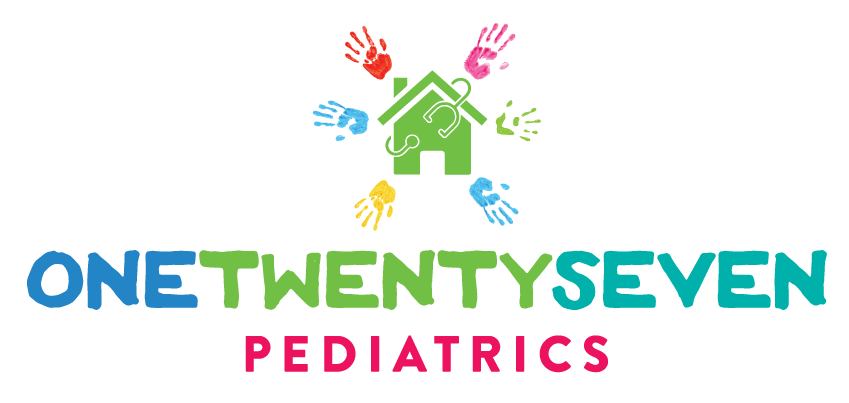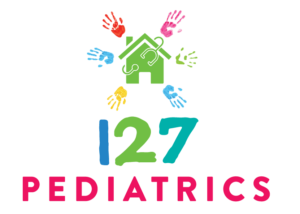Tongue tie is a controversial subject depending on who you talk to. There has been a dramatic pendulum swing between treating tongue tie every time it is seen, to not treating it at all to maybe treating certain ones if they meet a list of criteria. While the medical literature and high quality evidence to treat this condition has been slim at best, experience shows treatment benefits certain mom and baby pairs. However, dividing this piece of tissue is not a miracle cure for most breastfeeding problems.
An experienced physician knows how to differentiate between the many causes of these issues.
What is a tongue tie?
Tongue tie (or ankyloglossia) literally means, “anchoring of the tongue.” This type of restriction is caused by a small piece of tissue underneath the tongue that is left behind during development. Lingual frenulum is the technical term that us physicians use for this piece of tissue. Depending on its size, shape and location, this stringy piece of tissue can cause problems.
During breastfeeding, the baby uses their tongue to position the mother’s nipple against their hard palate (the top inside of the mouth). This amazingly strong muscle is also required to extract milk from the milk ducts during each feeding. The baby’s tongue does this by creating negative pressure (vacuum) that draws the milk into their mouth. The tongue needs to move out, up and around in a cupping motion in order to accomplish this seemingly complicated and coordinated task. If there is a limitation in any of these movements due to the tongue being “tied” or “anchored,” milk extraction from the breast can become difficult for the baby and painful for the mother.
Symptoms
Tongue ties cause many problems for both mom and baby.
Babies experience the following problems:
- Difficulty latching to the breast well
- Does not stay latched long enough to complete a feeding
- Chews more than sucks at the breast
- Not gaining weight as expected
- Breastfeeds frequently, but doesn’t seem satisfied
- Fussy with breast feedings
- Makes a clicking sound while feeding
Mothers experience these issues:
- Pain during and after breastfeeding
- Sore or cracked nipples
- Mastitis (inflammation or infection of the breast)
- Low milk supply
Treatment
Frenotomy (tongue tie clipping) is the treatment of choice for a tongue tie.
At 127 Pediatrics, we accomplish this by using a tongue elevating instrument and sharp surgical scissors. The baby is first swaddled while a parent stabilizes the baby’s head and provides a comforting voice. Dr. Wadley uses a bright light to see the small piece of tissue in the baby’s mouth and divides the frenulum with sharp scissors. The cut may bleed a little bit, but often the baby goes straight to the breast to feed after the procedure is performed.
What about using a laser?
Many dentists and other practitioners use a laser to cut through the tongue tie. We have chosen to use scissors as the procedure is much quicker and safer. Lasers can cause tissue damage that prevents wound healing and causes greater breastfeeding issues. Another risk of laser usage is the possibility of burns.
Use of these instruments also greatly increases the price of this simple procedure.

© 127 Pediatrics, January 2022


